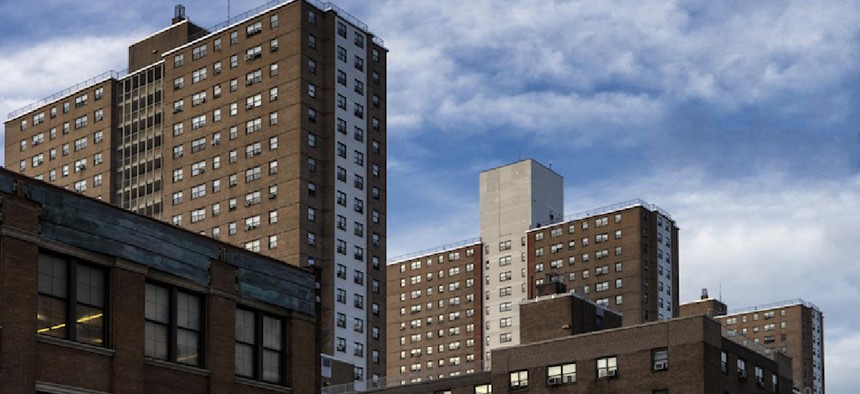Opinion
Federal Section 8 initiative would cripple thousands of New York City families

Joel Raskin
It has been said that history rhymes rather than repeats itself. For New Yorkers who have seen record levels of homelessness on the streets, in the shelters and in the schools since the demise of Work Advantage five years ago, the rhyme of history can be heard in the federal government's proposal for Small Area Fair Market Rents (FMRs), which, if established here in New York City, would sharply reduce Section 8 rental assistance for the poorest New Yorkers in the poorest ZIP codes. The Big Apple's bitter experience with homelessness from 2011 onward should serve as a grim reminder: Less rental assistance will mean more homelessness. Fewer dollars spent on affordable housing will mean more spent on shelter. It was true in 2011, when Gov. Andrew Cuomo and then-Mayor Michael Bloomberg eliminated Work Advantage rental assistance for the formerly homeless (homelessness exploded as a result and has raged on ever since), and it would be true in the near future if the U.S. Department of Housing and Urban Development eviscerates Section 8 rental assistance in New York City.
As chairman of the Committee on Public Housing, which oversees NYCHA, and with it the largest Section 8 program in the nation, I know of no public policy or market force on the horizon that would do more to endanger New York City's affordability than HUD's proposed rule regarding Small Area FMRs. I can think of no public policy or market force that would, in one instant, impose a crippling hardship on over 55,000 households, half of them elderly or disabled, with rent increases as high as $403. If enacted, it would cripple the Section 8 program, which, together with public housing, is the largest safety net of affordable housing for New York's poorest.
HUD is proposing to raise the value of Section 8 vouchers in wealthier ZIP codes at the cost of lowering the value of vouchers in poorer ZIP codes – all in the hopes of inducing voucher holders to move to "high-opportunity neighborhoods." Moving people to neighborhoods that offer them a better life is a worthy endeavor, to be sure, but what happens when there is essentially no place for people to move? What happens when voucher holders, facing a vacancy rate of 1.8 percent for units affordable to them, have nowhere to go? HUD's romantic rhetoric about mobility and opportunity is at odds with the unromantic reality of the New York City housing market.
Reading HUD's proposal for Section 8, you would have thought the bureaucrats at HUD – in contemplating the proposed rule for New York City – had given no thought at all to concerns about housing costs and vacancy rates. But those things matter in a housing market as merciless as New York's. Since housing costs are at historic highs and vacancy rates at historic lows, adding to Section 8 in wealthier ZIP codes will not magically make unaffordable neighborhoods suddenly affordable, and subtracting from it in poorer ZIP codes would make affordable neighborhoods suddenly unaffordable.
As the City Council member for District 15, I represent the Central Bronx, where HUD's do-gooding Section 8 rule would do the greatest harm. Of the 7,935 voucher holders in my district, the highest concentration in the city, 68 percent of them (5,407 households) would face a higher rent burden.
Forcing the families I represent to move from their homes and uproot themselves from their communities – under the threat of a crushing rent burden, with nowhere to go – is not a path out of concentrated poverty. It is a bridge to nowhere.
Ritchie Torres is the New York City Council member representing the Central Bronx and chairman of the council's Committee on Public Housing.